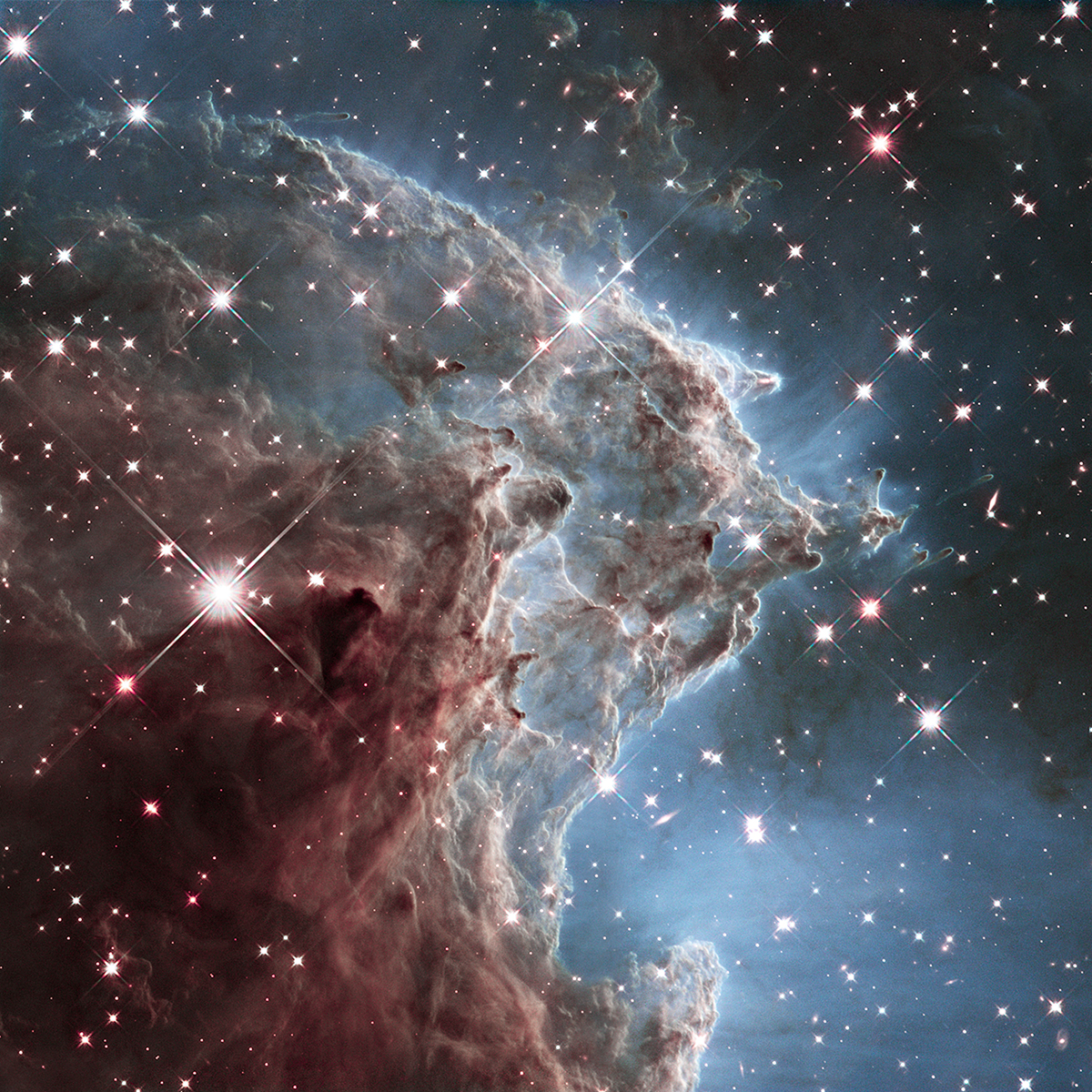
The Hubble Space Telescope has given us a gift on the occasion of its own 24th birthday. Like nearly all of the riches Hubble has showered down on us over nearly a quarter of a century, the newest one is a picture—this time of the wonderfully named Monkey Head Nebula, 6,400 light years from Earth. The region of the nebula that’s shown is a stellar nursery, a place new stars churn into existence. As they release energy, the infant suns blow off cosmic dust (at the right of the image); the ultraviolet light they generate sculpts the remaining dust into pillars. Space, as Hubble has revealed again and again, is a place of sublime violence—and sublime beauty too.
More Must-Reads From TIME
- The 100 Most Influential People of 2024
- Coco Gauff Is Playing for Herself Now
- Scenes From Pro-Palestinian Encampments Across U.S. Universities
- 6 Compliments That Land Every Time
- If You're Dating Right Now , You're Brave: Column
- The AI That Could Heal a Divided Internet
- Fallout Is a Brilliant Model for the Future of Video Game Adaptations
- Want Weekly Recs on What to Watch, Read, and More? Sign Up for Worth Your Time
Write to Jeffrey Kluger at jeffrey.kluger@time.com